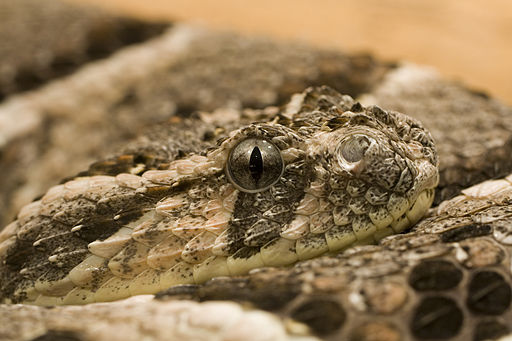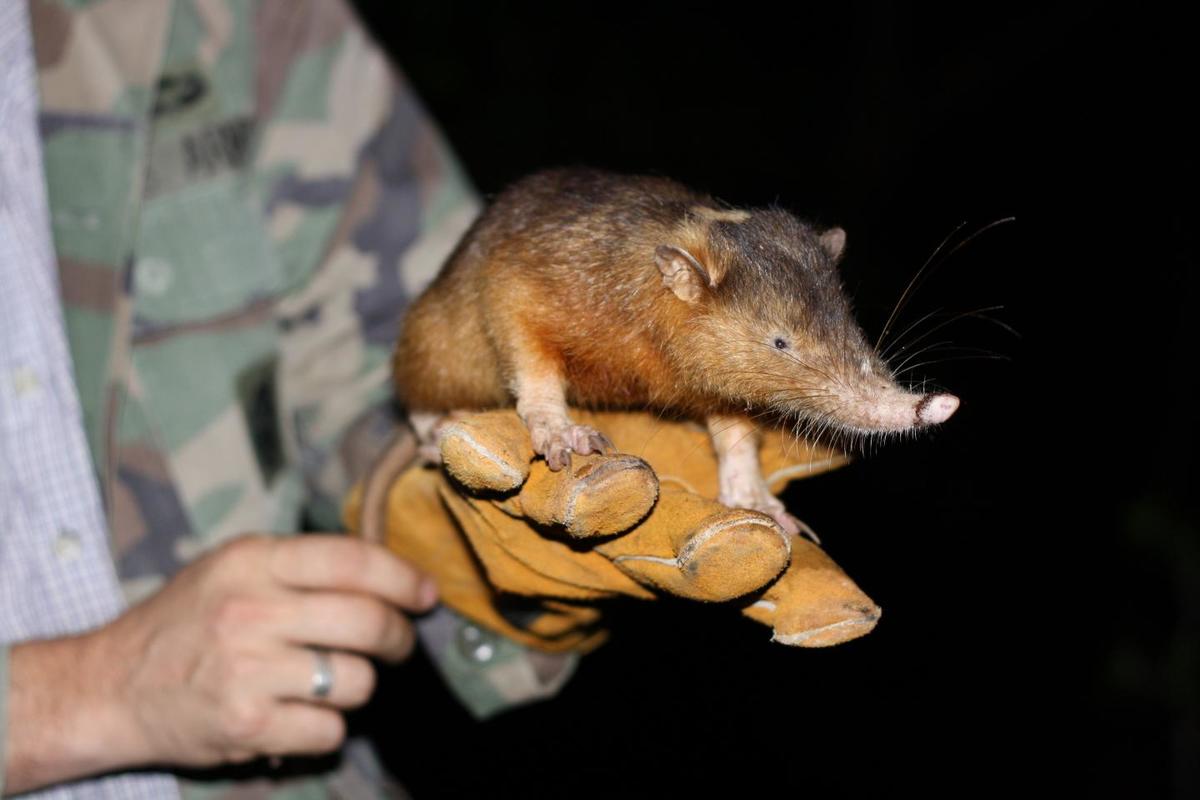
CSRI has a strong record of undertaking basic biological research relating to the venom system of snakes and, on occasion, other venomous animals. These studies reflect our interest in understanding the evolution of the snake venom system and the processes that generate variation in the numerous toxin components that are found in the venom of different snake species. Our basic biological research is also of fundamental importance to our snakebite therapeutic research by informing us as to which venom toxins are the likely causative agents for snakebite pathology observed in envenomed victims. Our latest research findings can be found here.
Snake Venom Composition and Variation

A mainstay of our basic research involves characterising the toxic proteins found in venom and the toxin-encoding genes found in the venom glands of medically-important venomous snakes. These characterisation studies provide us with essential information required to analyse how the venom composition of snakes varies from species to species and, in some cases, within a species. This is important because variation in venom composition can render specific snakebite therapies, known as antivenom, ineffective. Combinations of evolutionary, molecular and proteomic analyses allow us to examine how snake venom toxins have evolved in different taxonomic groups over time and thus identify the mechanisms that have resulted in medically important venom differences. These data also allow us to make insights into the likely pathologies caused by envenomings by different snake species and inform the design of targeted therapeutics. Examples of such comparative venom composition studies include the African mambas (Dendroaspis spp.), African and Asian cobras (Naja spp.), African vipers (Echis spp., Bitis arietans and Cerastes cerastes) and African shield-nosed cobras (Aspidelaps spp.).
Snake Venom Biochemistry
Our research also focuses on understanding the functional activities of venom toxins, and thus informing the likely pathological action that they exert in envenomed victims. Over the past few years, our focus has been understanding haemotoxic snake venom proteins, including assessing the similarities and distinctions between venom toxins that perturb blood clotting. The identification of coagulopathic toxins has helped inform new therapeutic strategies designed to block and inhibit haemotoxic venom effects in the context of snakebite. More recently, we have begun to explore other major types of snake venoms toxins that are responsible for initiating morbidity-causing local cytotoxicity and life-threatening systemic neurotoxicity. The latter of these studies included utilising samples produced by venom gland organoids – stem-cell derived, lab-cultured, venom glands – which we found recapitulate the native production of venom in the glands of snakes.
Other Animal Venom Systems

Aside from venomous snakes, our research has also focused on investigating the venoms of other animal lineages. Venom systems are important ecological innovations that are typically applied to facilitate feeding or defend the producing animal from aggressors or predators. Across the animal kingdom, it is thought that venom systems have evolved on more than 100 independent occasions, across taxa as diverse as cnidarians, spiders, wasps, fish, amphibians, and of course snakes, to name but a few. Venom systems themselves therefore represent a fascinating example of convergent evolution - where different lineages independently evolve similar traits. However, in venom systems, convergence seemingly goes further than this – our research has demonstrated that one of very few venomous mammals, the (Solenodon paradoxus), has independently evolved highly similar venom toxins to venomous shrews, despite these lineages being separated by >70 million years of evolutionary time. We have also shown that venomous fang blennies – small reef-dwelling fish – have evolved venom toxins highly similar to those found in cone snail and scorpion venoms. Intriguingly, these venoms also show evidence of functional convergence, with both causing drops in blood pressure, despite the solenodon using it for predatory purposes and the blenny for defence against predators. We have also shown that molecular convergence plays a key role in evolving an ability to overcome the toxicity of animal and plant toxins – a wide variety of invertebrates and vertebrates have altered the receptors where cardiac glycoside toxins bind in highly similar ways to enable them to feed on toxic plants and toads.